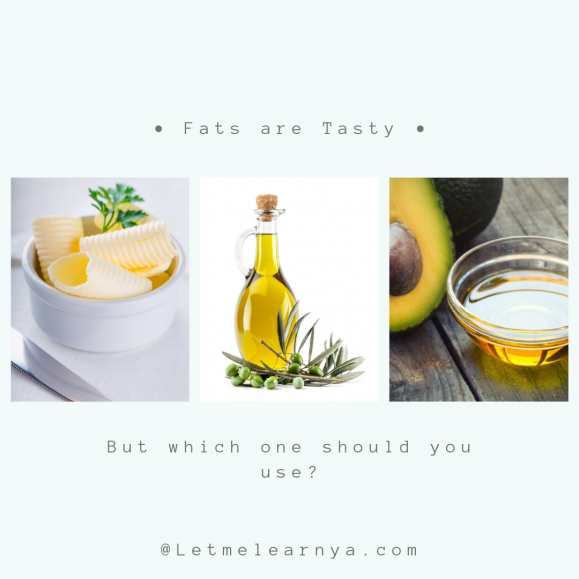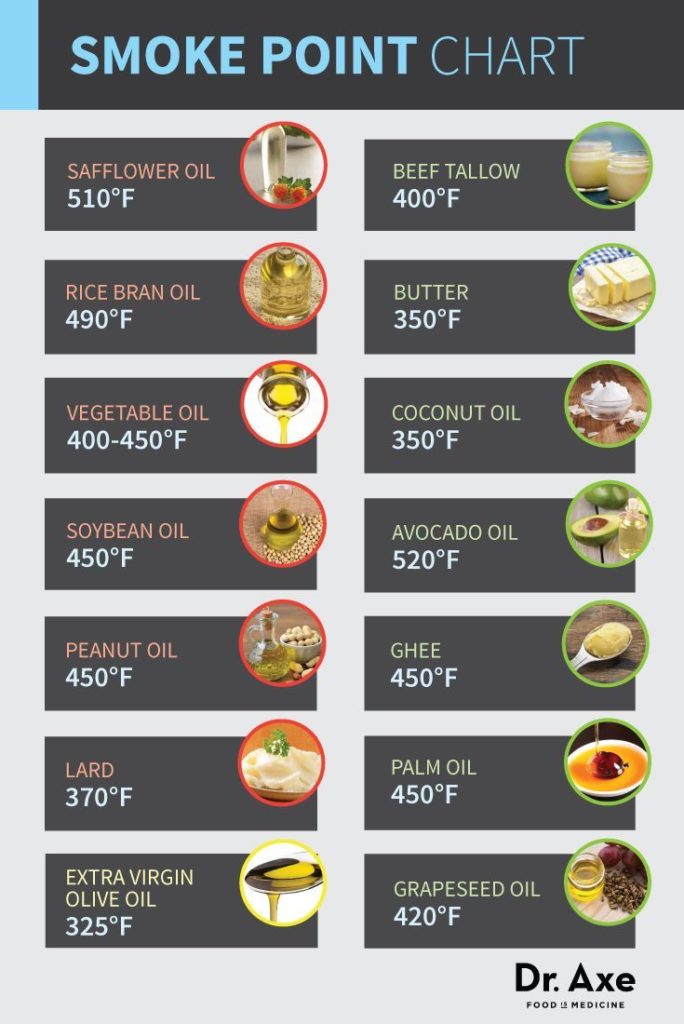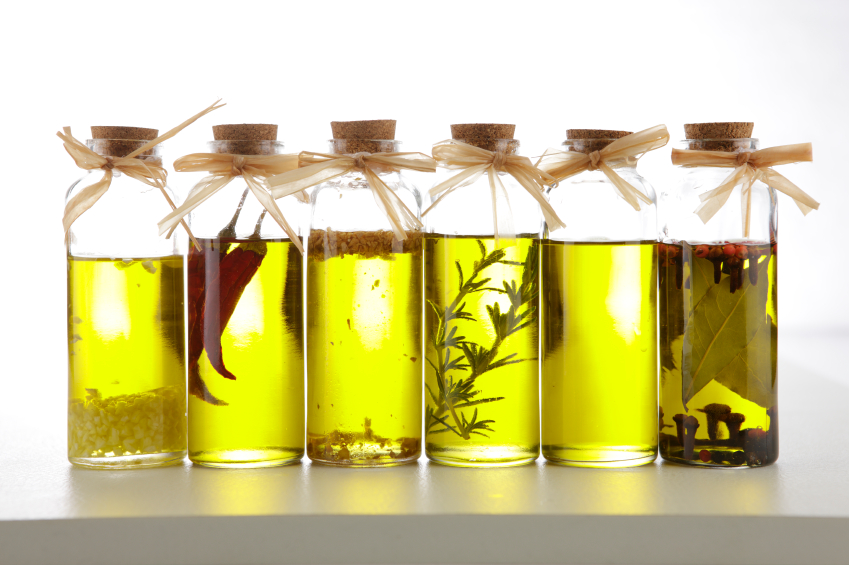When you’re sautéing, baking, frying, gravy-making, biscuit-buttering, stir-frying, hair masking, moisturizing, or performing any other bizarre activity using some sort of fat, it’s tough to know which cooking oil you should use. There are so many different oils and fats, each having a specific purpose and flavor-profile.

Fat should make up 10-30% of our daily calorie intake. I will be the first to say that the majority of my fat intake comes from olive oil. I cook just about everything in olive oil because I love the flavor and it holds up to just about every cooking technique. Which leads me to my next point. When deciding which cooking oil or fat to use, you should consider three things: type of fat, smoke point, and flavor.
Table of Contents
Types of fats
There are two main types of fats based on chemical structure: unsaturated and saturated fats.
Primarily, saturated fats come from animal sources such as butter and lard (later we’ll see it sneak into a commonly discussed plant oil). The majority of research has shown that saturated fats are not “heart healthy,” though this is currently being debated.
They are solid at room temperature and current recommendations are that they should be limited. Additionally, saturated fats tend to be more stable, i.e. less likely to become rancid, not as sensitive to light or heat, etc.

Unsaturated fats are liquid at room temperature and come from plant-based sources. Examples are vegetable oils such as canola, olive, sunflower, etc. Many call these “heart healthy” fats, though that is also being debated. Go science!
These gooey guys are less stable, more sensitive to light and oxygen, and more likely to become rancid. So treat them with care!

To further complicate things, there are two categories of unsaturated fats depending on levels of unsaturation: mono- and polyunsaturated fats. Unsaturated fats, generally speaking, are best for frying.
Which cooking oils have unsaturated vs. saturated fats

Smoke point
When it comes to cooking methods using extremely high temperatures, such as deep frying, we should absolutely consider smoke point.
Smoke point is when the temperature of the fats you’re using is just a tick under what it would take to set your house on fire. Fats heated above this temperature might undergo flavor changes, form harmful compounds, and have their valuable phytochemicals destroyed. So yeah, you don’t want this to happen.
Therefore, the higher the smoke point, the better for frying. The highest smoke point to my knowledge is 520⁰F, which belongs to avocado oil. However, I consider avocado oil EXPENSIVE. My mom saves me quarters to do my laundry at the coin-op!

Your next best bet is either safflower oil ($$$) or peanut oil ($$). But of COURSE, I’m one of the folks whose body dies when I eat peanuts, so I’m pretty careful with peanut products. Though studies have shown that highly refined peanut oil won’t set me off.
If I’m frying something, I’m using corn oil ($) or rice bran oil ($).
Cooking oils for all other types of methods
For medium temperature cooking, use olive oil, grapeseed oil, sesame oil, canola oil, coconut oil, or butter. Olive oil is tasty, affordable, and versatile, so that’s why I choose it. I also ALWAYS have sesame oil on hand for Asian-style cooking and dressings, and canola or vegetable oil for baking (rare occasion).
Coconut oil has received some serious unnecessary hype in recent years. I think of it as the “Kardashian of the fats”; everyone thinks it’s the miracle of healthy living, but it’s actually just a soggy bologna sandwich. Coconut oil has 12 grams of saturated fat per tablespoon compared to less than 2 grams of saturated fat in a tablespoon of your average olive oil.

The beauty benefits may be true, but that is not my focus here. Stick with a good ol’ unsaturated fat, like the ones listed above.
Flavor
When choosing your fat source, you must consider whether or not you want it to add flavor to your dish. If you want to make a stir-fry, sesame or coconut oils will add depth to the flavor of the food. However, you wouldn’t use those same oils to bake or sauté vegetables being add to a pasta sauce (unless you want to?), because they would influence the taste. Coconut flavor doesn’t exactly compliment tomato.
Fats with distinct flavors
- Peanut oil
- Sesame oil
- Olive oil
- Coconut oil
- Avocado oil (depending on the brand)
- Butter
Fats with less distinct flavors
- Canola oil
- Vegetable oil
- Grapeseed oil
- Light olive oil
- Lard
Summary: Which cooking oils are best for different cooking methods
FRYING – Avocado, safflower, peanut
BAKING – Vegetable, canola
SAUTEING – Olive, vegetable, sesame, grapeseed, butter
**Our wonderful friend Courtney Cay Cary MS, RD, LD wrote this article. Her thoughts, opinions, and bad jokes are her own. Please check out her beautiful recipe website dedicated to those who have food allergies: Allergen Kitchen.**












